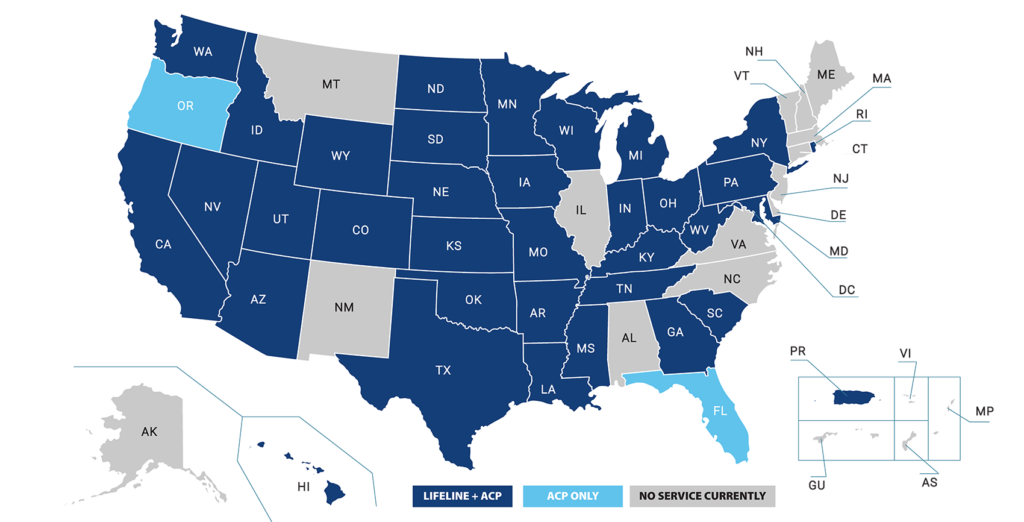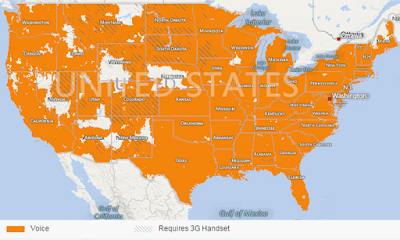In today’s digital age, data networks have become an integral part of our lives. From streaming videos to working remotely, we rely on data networks to connect us to the world. But what exactly is a data network? In simple terms, a data network is a system of interconnected devices that can communicate with each other and share information.
Data networks can be as small as a home network connecting a few devices or as large as a global network connecting millions of devices. These networks use a variety of technologies such as Wi-Fi, Ethernet, and cellular data to transmit information. With the increasing use of smart devices and the Internet of Things (IoT), data networks have become more important than ever before. Understanding the basics of data networks is crucial for anyone who wants to stay connected and take advantage of the benefits of modern technology.
A data network is a system of devices connected to each other that can transfer data. Most commonly, this is done through cables and wireless networks. Data networks allow devices to send data to other devices and store data on servers or other storage devices.
Data networks are used in many different ways. They are used to send emails, browse the internet, transfer files, and share data between devices. Data networks are also used for communications and for controlling machines and other electronic devices.

What is a Data Network?
Data networks are computer networks that allow the sharing of data between different nodes, or computers, within the network. By creating a data network, multiple users can access, store, and share data on any device connected to the network. Data networks are used in a wide variety of industries, including telecommunications, finance, healthcare, and education.
Types of Data Networks
Data networks can be classified into two main categories: local area networks (LANs) and wide area networks (WANs). LANs are smaller, more localized networks that are typically used for small businesses or within an organization. WANs are larger networks that span multiple locations, allowing users to access data from anywhere in the world.
Components of a Data Network
Data networks are made up of several components, including network switches, routers, and cables. Network switches are used to connect different devices within the network, such as computers, printers, and other peripherals. Routers are used to manage the flow of data within the network and connect the network to the internet. Cables are used to connect devices to one another and to the switch.
Advantages of Data Networks
Data networks provide a number of advantages, including increased productivity, cost savings, and improved security. By allowing multiple users to access and share data, data networks can increase productivity by allowing users to collaborate more efficiently. Data networks also allow organizations to save money by providing access to shared resources, such as printers, storage devices, and software. Finally, data networks can provide improved security by allowing administrators to monitor and control access to the network.
Disadvantages of Data Networks
Data networks can also have some drawbacks, including increased complexity and potential security issues. Data networks are often complex and require skilled administrators to maintain and troubleshoot them. In addition, data networks can be vulnerable to security threats, such as viruses, malware, and hacking.
Conclusion
Data networks are used in a wide variety of industries and can provide a number of advantages, such as increased productivity, cost savings, and improved security. However, data networks can also be complex and vulnerable to security threats. It is important for organizations to understand the benefits and risks of data networks before deploying them.
Frequently Asked Questions
A data network is a series of interconnected communication links for transmitting digital information between nodes. It is used to send and receive data between two or more devices.
What is a data network?
A data network is a communications infrastructure that enables two or more devices to send and receive data. Data networks are used to connect computers, phones, tablets, and other electronic devices together, allowing them to share data and resources.
Data networks are made up of a variety of components, including cables, switches and routers, which act as the building blocks of the network. The cables, switches, and routers all allow data to be sent between devices, enabling them to communicate and share information.
What are the different types of data networks?
Data networks can be classified into two main categories: Local Area Networks (LANs) and Wide Area Networks (WANs).
A LAN is a private network that is used to connect computers and other devices that are located in a single, physical location. LANs are typically used to connect computers and other devices within an office building, a home, or a school.
A WAN, on the other hand, is a network that covers a much wider geographical area. WANs can be used to connect computers and other devices across multiple cities, states, or even countries. WANs are typically used by organizations that need to connect multiple offices or other locations.
What is the purpose of a data network?
The primary purpose of a data network is to enable the sharing of data and resources between two or more devices. Data networks allow users to access and share information, such as documents, files, applications, and other resources, with other users that are connected to the same network.
Data networks also enable users to communicate with each other. For example, users can use a data network to send emails, instant messages, or make phone calls. Data networks also enable users to access the Internet, allowing them to browse websites, stream videos, and more.
How does a data network work?
Data networks work by connecting two or more devices together using cables, switches, and routers. The cables, switches, and routers enable data to be sent between devices, allowing them to communicate and share information.
Once the devices are connected to the network, they can exchange data using protocols. Protocols are sets of rules that determine how data is sent and received between devices. For example, the HyperText Transfer Protocol (HTTP) is a set of rules that determines how web pages are sent and received over the Internet.
What are the benefits of using a data network?
Data networks offer many benefits, including increased productivity, cost savings, and improved collaboration.
Data networks enable users to access and share data and resources more quickly and efficiently. This increases productivity, as users can access the data and resources they need more quickly, allowing them to get their work done faster.
Data networks also enable cost savings, as users can share resources, such as printers and scanners, rather than having to purchase multiple devices. Data networks also enable users to collaborate more effectively, as they can access and share data in real time, allowing them to work together more efficiently.
Data Networking Explained | Brennan IT
In conclusion, data networks are the backbone of modern communication systems. They allow us to connect with each other, share information, and access resources from around the world. Whether it’s through the internet, a local network, or a wide area network, data networks have become an essential part of our daily lives.
As technology continues to evolve, data networks will only become more important. From the rise of the Internet of Things to the increasing demand for high-speed connectivity, the future of data networks is a bright one. So whether you’re a business owner looking to expand your reach or an individual seeking to stay connected with loved ones, understanding data networks is essential in today’s digital world.



